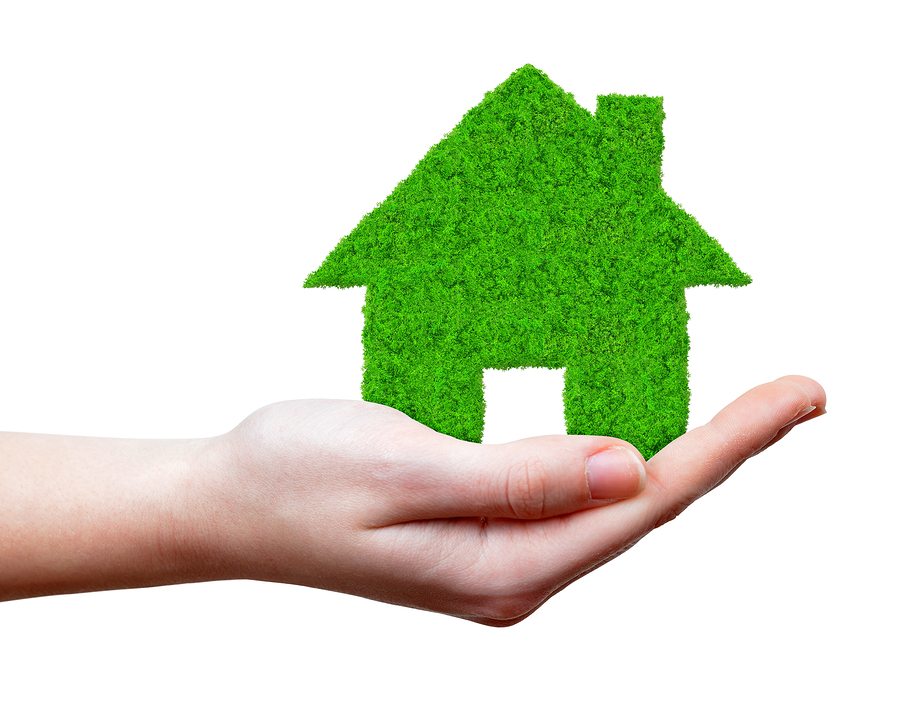
Energy efficiency, environmental sustainability, occupant health—these concerns and more are driving the green building trend and surge in U.S. Green Building Council LEED-certified structures. The council predicts total revenue across the eco-friendly construction industry will grow to $290 billion by 2017, and they intend to certify 1 million commercial buildings by 2020.
Unfortunately, the benefits that green construction provides building owners—including reduced operating expenses, higher asset value and a reputation for environmental stewardship—may come at a cost to construction employees. In fact, a study conducted by the Center for Construction Research and Training suggests that LEED-focused construction projects pose notably higher risks to workers.
Much of this risk comes from exposing workers on green construction projects to tasks and materials that are unfamiliar to them. For example, workers on LEED construction sites may have to work at height while installing solar panels and skylights. They may have to work with vegetated roofing materials and reflective roof membranes. The projects often require them to work with electrical current, near unstable soils and near heavy equipment for a greater period than they would on a traditional project.
Upon examination of the information gathered during the study—from site inspections and project documentation to job-hazard analysis and injury reports—the researchers determined that 14 LEED credentials could contribute to higher risks to construction employees. These included:
- Sustainable construction waste management – 36 percent increased risk of lacerations, strains and sprains
- Installation of photo voltaic panels – 24 percent increased risk of falls to a lower level
- Installation of reflective roof membranes – 19 percent increased risk of eyestrain
- Installation of green waste water technologies – 14 percent increased risk of exposure to harmful substances
While the U.S. Occupational Safety and Health Administration (OSHA) has yet to do so, the European Agency for Safety and Health at Work (EU-OSHA), issued specific green-building construction safety guidelines in 2013. They noted that green buildings are often tightly sealed and heavily insulated, increasing worker exposure to dust and dangerous compounds during construction. They also noted that green renovations present their own unique hazards, particularly worker encounters with fiberglass and rock wool insulation fibers.
Green building contractors can do the following to improve safety for their workers:
- Take the time to conduct a comprehensive hazard analysis before you begin any green construction project.
- Ensure you’ve trained all workers on the hazards they may encounter due to new materials or installation processes.
- Whenever possible, use low VOC materials to reduce health-related risks in enclosed environments.
- Decrease reflectivity by choosing tan or light gray roofing membranes rather than white. Alternatively, require your workers to wear tinted eyewear during installation.
- Ask designers to place photovoltaic panels closer to the ground or in the center of the roof. Consider higher parapets and designed tie-off points to reduce fall risk further.
- Enlist a local third-party waste management company to sort and recycle construction materials offsite.
Whether you’re a green construction veteran or considering your first eco-friendly project, make sure your risk management plan addresses the increased worker safety risks of green building. Consult your insurance professional for further insight and a plan review today.


